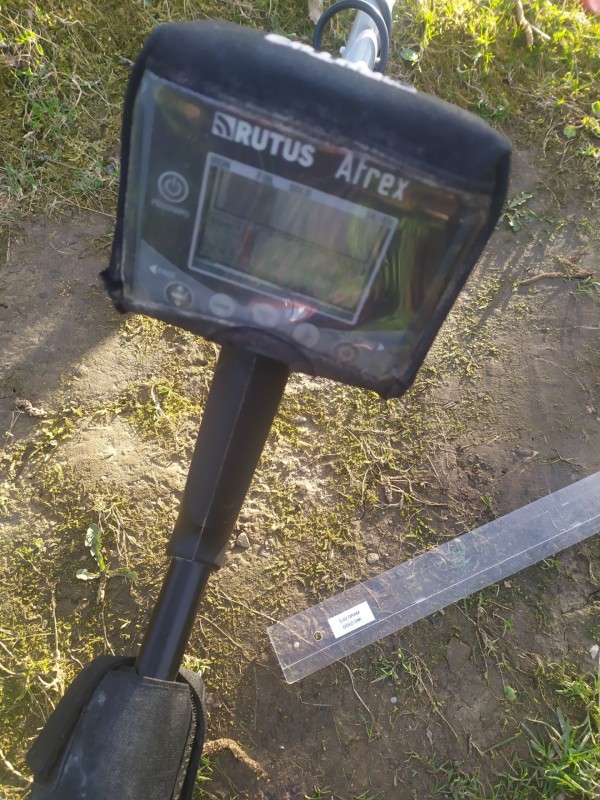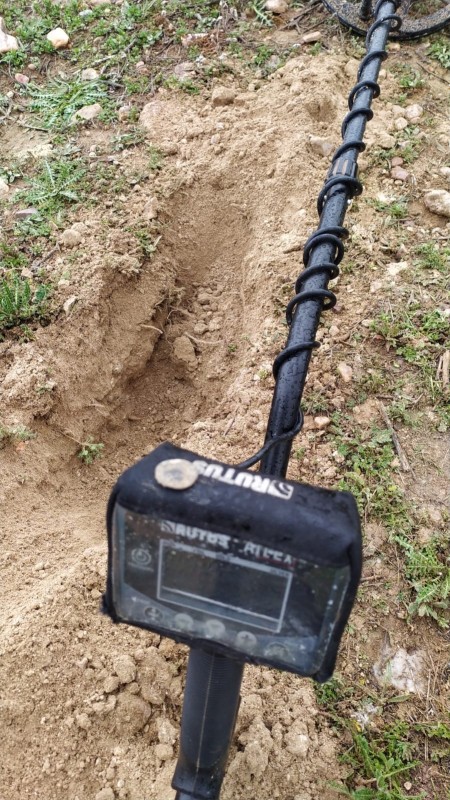-
Posts
1,337 -
Joined
-
Last visited
Content Type
Forums
Detector Prospector Home
Detector Database
Downloads
Everything posted by EL NINO77
-
.... Since my last tests of the standard 12x10 "DD Garrett ATX coil ...and the small 3X7" Power DD Infinium coil ...showed a clear advantage of the small 3X7" Power DD coil for very fine gold .... at PI Garrett ATX ... even though I didn't reach success in detection on round shot N.9 I decided to find out what results I will achieve with a medium-sized 5x10 "Infinium power DD coil in direct comparison with a small sensitive coil 3x7" Infinium Power DD .. ... I can get better results with the 5x10 "DD power coil ,, than with the 3x7" DD Power coil on PI Garrett ATX? .. I am very curious about the final comparison ... I also included in the test a lead round shot number N 7.5 / the diameter is 2.4 millimeters /..to know how both coils I will react to a slightly larger shoot like shot N.9 .... which has a diameter of only 2 millimeters .. PI Garrett ATX.. was set in the test for both coils to stable sensitivity 12 ....and threshold 11.5 .. without Ground balance .. ...Test of 5x10 "Power DD coil confirmed one important thing ... with the winner in range and sensitivity to very small 0.027 gram gold is still small 3x7"Power DD .. infinium coil / range is 4.5cm !!! for 3x7"Power DD coil.. vs 2cm range for 5x10" Power DD coil /.. ..but at 0.1 gram gold and more gold begins you have a slight predominance of 5x10" DD infinium coil /11cm vs 10cm range small coil/ ,.. which already has a significant predominance even at 0.5 gram 24K gold .. where the range is a good 20cm !!! .. for 5x10" DD infinium coil ... vs. range 16.5 cm - at small 3x7" DD infinium coil ../ ..The sensitivity of the 5x10 "Infinium Power DD coil to gold targets of 0.1 grams and less is very similar to the 12x10" DD ATX standard coil. ... This is in full agreement from Steve Herschbach's review of this 5x10 "Infinum power DD coil on ATX .. which he wrote years ago ...👍 Test 5x10" Infinium Power DD coil at PI Garrett ATX....shot N 7.5 is on an unmarked ruler... ------------------------------------------------ ..Test small 3x7"Infinium PowerDD coil at PI Garrett ATX.. ....Now the most important ... about this topic .. tests of both coils showed that shot N.9 stands out from the detection capabilities of both coils .. but ... for me it's a plus ..👍 During the test on ... shot N 7.5 .. coil 5x10"DD Infinium .. proved the data signal completely at the coil ... and only in the area where the windings TX / RX ... / in the picture / cross. The small 3x7 " Infinium Power DD coil... at ATX sensitivity at 12 .. on the shot number 7.5 did not give a readable signal ... across the entire surface of the coil ... at ATX sensitivity 13 max....I already heard a very weak response at the coil .. ... This is probably another big plus of this small 3x7" Power DD "coil because the sensitivity of the 13 at ATX is a range of 0.027 grams of gold at a nice 4.5 cm .... !!! ...this test also pointed to another important thing ... and that a certain coil size can really help in the detection of a certain type of targets and the size we want to find in the detection and PI detector you use... ..I think the important criterion for a given coil will be here .. especially a good range of the coil on a certain size and weight of targets we want to detect .. ... but also how a given coil on the detector can handle the detection of these targets in mineralized or salty terrain .. This way you can also extract the maximum of its detection capabilities from your detector.. PS...exact weight of gold on the test ruler 0.02 gram 24k gold ..is 0.027 grams..and therefore I published this exact value in the test....
-
I think there is definitely a "core" of detectors ... who have been waiting for years for the new Minelab, which will carry the qualities of ETRAC and CTX .... and which will be separation and depth capabilities and target identification and Ergonomics .. over Equinox 800 ... . ...but the performance of the detector will be the most important factor...👍 Another important factor here may be the price and availability of additional coils, and accessories .. - it may also decide to buy a new detector from Minelab .. ... I estimate the price of this detector at the level of 1500-1600 dollars ,,, quite similar to ETRAC and also a Deus II ... this is a price that can pay a sufficient number of advanced detectors, or even novices who are financially all right, ....finally detecting hobby is not the most expensive hobby in the world ...many of us can agree on that...
-

I Finally Found One!!!!
EL NINO77 replied to relic ray's topic in Metal Detecting For Coins & Relics
Relic Ray,,,,everyone has their required coin ..... Finding the first one is the hardest ........but that moment ... finding it ... you will remember it positively for the rest of your life ,,, ... then it's usually easier to find I wish you another successful detection ..👍 -
The test of the sensitivity of the detectors ... for the N.9 shot is definitely a challenging topic, for the PI detectors, but it can definitely take a different look at the various Vlf detectors for this purpose ... ... since I use to test the sensitivity and reach of very small gold targets ... several different tests .... I decided to supplement my testing with this test on shot N.9 Since this "test shot N.9" is really challenging ... in the first place I am interested in the extent to which this test will correspond to my previous tests on gold targets .. During testing, I noticed that the bullet had a N.9 ..is definitely a more challenging target ... especially for my detector PI Garrett ATX ... on a standard 12x10" DD coil .. as a very small flatter gold targets / 0.027 gram / which this detector can detect..on 2-2.5 cm .!!! ...enlarge this picture ..!!! ------------------------------------------ ... Therefore, I decided to adjust 3 spherical shots of N.9 to different surface shapes and then test it ... ... the result has not changed ... all 3 ar of the shots N.9 remained invisible to the 12x10" DD standard ATX coil ... but small gold 0.027 grams of gold target was detected at a distance of 2 to 2.5 cm .... what I consider to be such a big coil.. really great result ..!!! ................................................................... In the end I decided to test the PI Garrett ATX still on a small 3x7" power DD coil from Infinium LS ...This little coil... is completely new, because it came to me from the seller yesterday... ....The test result of the small 3x7"DD infinium coil pleasantly surprised me ... because the ATX reach of small 0.027 gram gold targets increased from 2-2.5 cm up to 4-4.5 cm ... !!!👍 enlarge this picture .. and you will see better...!!! .....and this small coil began to see two pieces of the flattest shots N.9 ... if it's only when the target almost touches the coil at the intersection of the TX and RX windings of the coil ..!!! Now I can say .... that PI Garrett ATX ... these flat shots N.9 can really "technically" detect ... even if it's completely at the reel .. -I'm satisfied with the result .. even though I still failed to detect the round and also the least flattened shot N.9 .. In fact, I am more pleased with the fact that on this small 3x 7 "DD coil..l, the reach has increased to my very small 0.027 gram gold to 2 times .. at 4.5cm compared to the standard ATX 12x10" DD coil ...!!! So the "Magic" of using a Smaller coil "on this PI detector also works successfully ... and the smaller coil has been able to improve the sensitivity and reach of ATX for very small targets. I'm glad that ATX on a small 3x7 "coil started to detect my 0.01 gram gold target -... even if only at a distance of 2-3mm from the coil.. ..👍 ------------------------------------------------------ In the final picture.. you can see that the really flat form of lead shot N.9 is already detectable .., but only right next to the coil.. ... but also note the good range of 4cm .. small 3x7 "Power DD coil for target "35 pieces fine gold" of very small gold with a total weight of 0.4 grams gold .. It is also a complicated target .. and standard 12x10"DD ATX coil... can only be seen at 1.5-2 cm ..!!! I will also be happy ..to reach my favorite test target 0.1 gram of gold .. where the reach of a small coil is really nice 10 cm .!!! ---------------------------------------------------- PS....At the end of this test, I asked myself one question .... do we really need a detector that will detect such small lead micro targets? From a "Technical point of view", detecting a target like leadshot N.9 is a really cool thing .., But.... Isn't it better to use a detector that eliminates a substantial amount of such junk targets ... but still detects very small and sometimes much smaller gold ???... And this applies not only to PI detectors but also to VLFs... I think it's a good question for further discussion ....👍
-
"Recovery speed" .. is a complex and optimized setting .. ,, which was created by a combination of two important detector settings: The 1st setting is ... "Ground Filter" .... which is responsible for the filtering of the terrain signal .... Low" Ground Filter" is deeper..but even less filters the mineralization of the terrain ,, and slower regenerates after capturing the iron signal / separation / .... on the contrary high Ground Filter will better filter the mineralization of the terrain ,,, but will be shallower ... on the other side regenerates faster after capturing the iron signal .... / which improves the separation / 2nd setting - the "Length of work of the given Ground filter" is also called "Recovery delay" ... which determines how long this Ground filter should process the detected signal in one working cycle ... it is clear that the faster - faster Ground filter will have a Recovery delay a bit shorter than the low ground filter ... which works slower ... Since it is difficult for an ordinary detector to set and properly combine these two parameters ... the detector manufacturers combine these two settings into one setting called "Recovery Speed" or "Reactivity" ... which is easier to set and more logical to use ... And this has also contributed to the popularity of such detectors ...
-
Geof_junk.... and Steve Herschbach.......... you are absolutely right .... the default settings of the recovery speed of other users ... they can only be a good design and they can or they don't have to sit down completely ... on your specific terrain ...👍 It's good to try them and compare them even better ... and maybe you'll find your settings somewhere in the middle ... Set the right recovery speed ... It's like driving a car with a manual transmission ... and every terrain requires shifting to the right gear to successfully cross the terrain .... and feel like ... it will help in completely challenging terrain the most reduced setting of the "4x4" type / additional settings in the detector / so that you can handle this terrain ... from my experience ... If I detect some not too large terrain on which I found nice finds ... most of the time I know to cross this terrain 2x .... on many different recovery speed settings .... I usually do the first detection at recovery speed 3-4 .... and then after crossing the place I will change the recovery speed to 6-7 and mark a few good signals from the field ..... important in all this is also adequate sweeping with coil../ I slowly pull the coil /.... not faster ... than is necessary for good separation of targets in iron .... but also will help in the mineralization of the terrain ... where high recovery speed will work better. .. ...because high recovery speed provides a separation advantage .... which is also very important ..and therefore the terrain often pays to switch to high recovery speed ... even if you have a mild terrain ... .....if I detect in really strong mineralization ... I use recovery speed 5 and 7 ..... --------------------------------------------------- .... So now let's return to the topic .... what the reactivity setting will be the deepest in lightly mineralized terrain .... whether the recovery speed setting to 2-3 will be the deepest and optimal setting for many detectors ... / EQUINOX , DEUS2, DEUS1, ATREX / and from the second page we will see how such low reactivity of the signature on the detection of the last 2 separation targets ...
-
GB_Amateur...... ..I communicated with Mike .. and he said that the mineralization on Deus 2 reached one to two ... bars of mineralization on the meter ... on this test field .. which means slight mineralization of the terrain... ....now the official test of Equinox 800 from the seller of Minelab, the setting of Equinox in the test is program Park2, sensitivity 21, recovery speed 3, iron bias 0, threshold 13, and audio 2 tone ...
-
According to * Mike,... the terrain was slightly / moderately mineralized ...this would agree as well as the deepest setting of Equinox 800 for recovery speed 3 / for moderately-moderately demanding ... terrain /.. I'll ask Mike what the mineralization meter showed for Deus I and Deus II.... and I know ..👍
-
Tom Dankowski and Steve Herschach are excellent representatives from two worlds of detection .... Their very different types of field detection conditions ... for maximum effective detection .. require very different detector settings ... something about the correct setting of recovery speed ,, and also other detector settings .. While Tom Dankowski ... in detection on his slightly mineralized terrains / 1-3 bar Fe3O4 / .. prefers equinox 800 recovery speed 3 ... for the best depth of detection .... Because Equinox in slightly mineralized terrain will really be the deepest recovery speed 3 for coin targets .... But .... such a detector setting will not work optimally for Steve Herschbach .... which normally detects in very highly mineralized terrains .... / 5-7bar Fe3O4 / which requires a minimum recovery speed of approximately 5-7 for Equinox 800 .... according to the strength of the terrain mineralization .. to achieve a really good depth of detection and stability of signals and .... that means good results in detection ... if in such a heavily mineralized terrain on the Equinox 800 date recovery speed at 3 you lose the depth and stability of detection .... simply lower recovery speed will not work here ,,,, and many targets you will simply pass ... PS. in terms of depth and sensitivity of detectors to small targets in the depths ... ,, last weekend was held in the Czech Republic Minelab day ... which Minelab sellers made a demanding test field with deeply buried Celtic gold coins of various sizes ... at maximum depths. ..which was able to detect Equinox..../at recovery speed 3/ ... I will say that it is extremely deep ../ 1.target "1/24 gold stater" -0.3 gram gold coin at 14cm deep... 2.target ..1/8 stater-0.5gram gold at 18cm, 3 target ..1/3stater 1.5gram gold at 23cm deep, 4.target ..1 stater 5 gram gold at 30 cm, 5. target ..1 silver roman denarius at 25cm 6.target 1dukat -3.5gram gold coin at 29cm , 7.target 3. Kreuzer ..silver coin at 27 cm deep.. 8 .target 28 mm - 3.5gram silver Groshus Pragensis at 32 cm deep 9 . target 28mm -3.5gram silver coin Groshus Pragensis at 37cm.. 10. target .... 1 silver Thaller ..../size 1 Silver Dollar/ coin at 40 cm.. 11. .. WW2 militatry ID..... at 55cm deep.... ... and 2 separacion targets coin in to iron.. My colleagues.. Mike and Jack from "Top Diggin" .. made some videos ... from tests..and testing various Equinox, Deus II, Atrex, Deus I....and others detectors .... on this test field ... ,, and it will be interesting to see how effective the settings ... were effective in detecting these really ... demanding and deep targets ... When I edit these videos with pictures and mark the depth of targets I will publish them ...you will see what recovery-reactivity settings must be used for different detectors, if you have reached such deep targets ...
-
This test situation is similar to "Sube's test ".... with one aluminum pulltab with a center and two silver coins on the sides of the pulltab. it's Test for true target ID ...which shows which type of target the detector can lock the VDI signal ... We test the "detection logic" of the detector ... in a situation like this ... that simulates conductive ground pollution ... in this case, low-conductivity aluminum scrap ... This test passes my Equinox 800 at 1 frequency 4 and 5 khz ,,,, I would also try to use it in David's test ... which uses small pieces of aluminum on the surface and a coin 2 inches lower. Both detectors Spectra V3 and Tek.G2 ...locked the signal on the VDI Silver Coin....!!! This fully coincides with the "American detection philosophy" of the detector constructor ... who I prefer and in such a situation the locking of the mixed signal on the VDI - High Conductivity "Silver Tariff" ... and the suppression of the low conductive VDI ... Equinox uses more of the "European detection philosophy", which in such a slump will prefer VDI targets - such as the low-conductivity silver / gold Hammerred coin, or small aluminum... ---------------------------------------------------------- PS. Spectra V3 is very specific in this case .... it can even completely suppress the signal of the low-conducting target ... / nickel / for the previous signal with the higher VDI ...- if the low-conducting coin is the last target .... ... I noticed this many years ago during Spectra tests on various conductive coins placed side by side, ... ...At the time, I considered it a technical flaw ... Spectra V3 ,, but now, after years, I know ... that it was the technical focus of the Whites designers ... which was targeted at the American Environment Detection-where detection of high-conductivity targets is preferred. .-American silver coins ...
-

My New GPX 6000 Is Faulty, Straight Out Of The Box
EL NINO77 replied to phrunt's topic in Minelab Metal Detectors
Simon ... you have the right to realistically and critically evaluate the detector, for which you put the seller's $ 6,000 on the table ... and something is wrong with it ... I also ... I believe that the next piece of GPX 6000 that you will receive for exchange..will be flawless ... and you will be able to evaluate objectively ... all technical and detection aspects of this detector..in prospecting ...... and possibly also compare with other detectors you own ,,👍 .. But I can identify with JP ... who, as a GPX 6K field tester .. knows all the detection positives and benefits that this detector brings .... and will fight hard for them .... I would do the same ...👍 -

DD Coil Center Receiving Shape Differences
EL NINO77 replied to Tahoegold's topic in Metal Detector Advice & Comparisons
...I found one of the information about the differences in the winding in the information about the coil 12X10 SEF .... ,, because I was also interested in the extent to which the straight versus oval inner area of the coil winding can affect the target detection : 12×10″ SEF Pro Coil The 10 x 12″ S.E.F coil is designed to go deeper and offer better all around performance when compared to the other “DD” coils on the market today. Better ground balancing, more stable operation, more accurate pinpointing and increased target identification are all benefits of this coil. Field Tests show this coil truly finds deeper targets. -

New Rutus Model Detector In The Works
EL NINO77 replied to xawi29's topic in Metal Detector Advice & Comparisons
Magic12 ... Intronik with a 15 "coil 2-14 khz on this demanding wet mineralized terrain .. failed to set on this day ... to detect this target well ... even though the detector was very stable in tests ... they tried to change various programs and settings ... However, we will focus on further testing of Intronik ... in order to achieve good results.,, on this field... -

New Rutus Model Detector In The Works
EL NINO77 replied to xawi29's topic in Metal Detector Advice & Comparisons
After the first tests on a coin of 50 eurocents at a depth of 32_34cm, we focused on tests on a smaller coin of 10 eurocents at the same depth of 32-34cm .. which turned out to be a border target..where else could detect detectors as a good signal ... This target was detected by 3 detectors out of 4 in the test .... and they were Rutus ATREX detectors on an 11 "standard coil, Deus II on an 11" coil and Detech Relic Striker on a standard 15x18 "SEF coil ... ATREX ... on Multifrequency and 11 "standard coil was super stable in tests on this wet terrain and gave a good signal for deep targets even with a sufficiently good VDI .. signal that we would dig ... We achieved optimal and best results on Reactivity 2. ... later tested the ATREX with also good results on the 13 "mars Discovery coil.. .. In my opinion, ATREX had a...very strong reserve.... of stability in tests such as detection in this field .. which says that there is a reserve for further increase in the performance of this detector. ----------------------------------------------------- Deus2 on the 11"MF coil was less stable on this wet terrain, it took a while to find the best responsive programs and settings, but on 2 modified multifrequency programs General and Deep Hc on the optimal setting and optimal Reactivity 1.5 ... we managed to achieve good results even with adequate good VDI .. Deus2 It's a really good multifrequency detector ..... ---------------------------------------------------- Detech Relic Striker on coil Sef15x18"....at optimal settings also detected the target really well ... the stability of the detector was good only with occasional response to could rock .. Who knows Relic Striker knows that this detector is a good and deep detector even in mineralized terrain.. ------------------------------------------------------ I can also appreciate the testing a bit ... ATREX .. ... ....And starting with the fact that this detector shows a well-made multifrequency 2nd generation ... it can also handle deep targets in difficult terrain very well, while providing relatively accurate VDI for these targets ... and a strong reserve of detection stability helps focus on really good and specific targets... -

New Rutus Model Detector In The Works
EL NINO77 replied to xawi29's topic in Metal Detector Advice & Comparisons
The Rutus Atrex technology is really excellent, whether it concerns the multifrequency, or even the use of one frequency with the Multifilter, and it also excellently eliminates the influence of terrain mineralization ... on the correct detection of the target. The depth and stability of the ID are really good and excellent ..., and the separation between the iron is also ... In the control detection itself with Atrex on pre-production software 1.1.7 in Multifrequency, I managed to detect coin-sized targets to a depth of 12 "-12.5" with a good ID 71-73 ... in a relatively challenging terrain ,,, Since it was a good signal with ID 71-73 and also a good straight signal on Hodograf .. during cross sweeping with a coil .. I gradually started digging this target, and continuously checked the location of the target with a pinponter ..., because when checking Multifrequency software ATREX was interested in how deep I can find this target.. .. ---------------------------------------------------- I was also positively motivated by finding the previous really nice target .... with ID 51-52 .... which was not so deep / about 7-8 "max / but was in a zone of relatively strong pollution with various iron or aluminum folia waste ... The target was excellently detected and localized among the waste even on the low-used Recovery speed -"Reakction 2"- Atrex .. ....Because this day I focused more on testing the stability of Atrex in .. wet mineralized terrain with hot and could rocks .... on the lowest usable recovery sped which I will still work effectively .... on such demanding terrain .. ------------------------------------------------- Finally, later in-depth testing on this day for targets of 50 eurocents and 10 eurocent coins at depths of 32-34cm in this field ... at Atrex at recovery speed 2 ,, and also with other other detectors Deus 2, Aka Intronik, and Detech Relic Striker in depth tests ... showed the excellent stability of Atrex in the tests and detection of this wet terrain .. ,, as well as the fact that the detection of targets at 12 "-30 cm depth is really real ... with a good VDI and signal on the hodograph .. Further tests showed that Multifrequency can not only improve the range of detection on non-ferrous targets ... as opposed to 1 frequency ... but also make the identification of VDI targets very accurate ... ...so you would definitely dig for these target... under VDI as well.... Use detectors in testing ...Rutus ATREX, Xp DEUS2, Aka INTRONIK, Detech RELIC STRIKER... ------------------------------------------------------- As for the detection of small targets ... small coins or gold ... with Atrex on the multifrequency, and one frequency with the Multifilter .. by eliminating the influence of the terrain signal ... you can verify very quickly in this very small target test, for example. .as 2x2mm -0.02 gram 24k gold ... -

The Unrealized Promise Of Multifrequency
EL NINO77 replied to Steve Herschbach's topic in Metal Detector Advice & Comparisons
Steve ..how would we like to further analyze this answer .. do you have a question about whether a modern multifrequency detector can detect more desired targets in the country ..as a single-frequency detector? So let's take a closer look: 1st Case .. will a modern multifrequency detector find more good targets in more demanding terrain conditions - even according to the correct VDI target signal? ... Yes, there are ... deep targets with VDI .. which is already above the level of VDI foil ... or other very low-conductivity objects ... If the VDI target itself is supplemented by a graphic signal display / signagraph-hodograph / it is even better..and you can believe it even more ... if the signal is accurate enough when crossing the coil crosswise ... 2 .. Event .. searching for very deep targets that sound like non-ferrous targets ...... a modern multifrequency detector can also determine on a deep target whether it is a low conductor, a medium conductor ,, or a high conductive target ... so the probability of detecting a good target can be really higher .. Multifrequency also gives a better chance to say about a deep target that it is a non-ferrous target ... even if the VDI identification does not have to be accurate ... but it is still firmly in the non-ferrous VDI zone ... -single frequency detectors can already give such signals mainly to the iron zone .. with the occasional occurrence of a non-iron signal .. Here I would also be more confident in the multifrequency..because it can give a repeatable non-ferrous signal ... 3. the Case..... is extremely demanding, and heavily mineralized terrain / magnetite, hematite Fe, possibly saline terrain / .. here the multifrequency will use its advantages the most and add the advantages to cases 1 and 2. It may not be 100% the best .. but it will be significantly better than with high quality single frequency detectors. 4. the Case .....is separation in iron .... and a well-done multifrequency can break out in separation with the best single-frequency detectors ... in my case I highly prefer detectors / single- or multifrequency / which can show exactly VDI displays the separated targets .. what I often decide whether I am interested in digging such a target.. Here is one more important thing ... how can the detector sufficiently eliminate false signals for iron targets .. not every multifrequency detector knows this reasonably well..identify more iron as an iron signal.!!! So the basic advantage of the multifrequency is the quality calculation and elimination of the influence of the signal from the field on the detection properties of the detector depth, plus the accuracy of the VDI target calculation.... -------------------------------------------------- .....Do you detect all targets in the aunt with a multi-frequency detector in one pass through the coil? certainly not .... but the percentage of the first pass through the coil can be really good../70-75% good targets /..and it will also depend on the coil used... ...................................................................................... P.S .... of course high-quality depth-separation single-frequency ... / digital and analog / detectors with "good detection DNA"... remaint excellent detectors and in many cases still able to mix cards with detection results in the field ...👍 -

GPX 6000 Halo Effect On Small Nuggets
EL NINO77 replied to brogansown's topic in Minelab Metal Detectors
I don't know how much the so-called "hole effect" can manifest itself in detection with a PI detector ... which often occurs in more demanding mineralized terrains ... 1. dig a hole not too deep ,, put a target in it ..- the target will be detected. 2. Then deepen this hole .... to such an extent ... that the targets in the hole will no longer be detectable. 3 .. Finally, cover the target in a deep hole ... with soil and and the deep target.. will be detectable again ...!!! ... to avoid such an effect ... the soil is gradually dug in the plane into a "flat hole" in the size of at least the width of the coil .... Another advantage of digging a flat hole is that after the subsequent detection of a flat hole, you can find other targets that are stored even deeper. -
There are several very good separation tests for unmasking in iron ... ,, and I can say that when the detector passes 3-4, ,,,, 2D-3D separation tests .. then the detector will work very effectively in unmasking and in terrain ... If you look at it from the other side .... So those detectors that can very well and effectively detect targets on iron-polluted terrain .. I will achieve excellent results even in comparative separation tests ... .... the main point of this story about separation tests is ... that successful detector manufacturers themselves do not underestimate it ...... and they really devote enough time to testing their detectors in various separation tests .... / let's call it separation control capabilities / a .. then also the subsequent testing of the separation capabilities of the detector in the field ... Thus, the end user will receive a detector that will be able to find new targets even on very pre-detected terrain ... ....don't underestimate unmasking testing..!!!. Field testing of pre-production multifrequency software at ATREX...
-
Any of the excellent separation detectors will find several more invisible targets after Spectra V3 .... These are detectors that are a light-year better .. in a separation like Spectra .. Why? invisible targets are disguised with big or small iron ,, ..and they can unmask only the detector with excellent 3D separation predisposition.... Burlguy... and Deus II do what every detector should do .. ,, and simply compare it to their new detector..on their highly detected terrain their new detector ..
-
Burlguy ... thank you for the nice and accurate information regarding the comparison of Spectra V3 and other detectors and also the new Deus 2 .. Yes, the Spectra V3 is an excellent and powerful detector ..., but we must realize that even if you use different size coils in the detection on the Spectra V3 .. something will still remain in the field ... because this detector does not excel in particularly good 2D and 3D separations .. ,, Today's excellent separation detectors can unmask a few new targets even in old, highly detected places .... and that's what feels ... I'm curious about your other results..
-

The Unrealized Promise Of Multifrequency
EL NINO77 replied to Steve Herschbach's topic in Metal Detector Advice & Comparisons
....I think the multifrequency for different detectors can be divided into at least 2 generations ... 1st generation Multifrequency - used the frequencies used to detect the signal similar to what single frequency detectors do - with "simple VDI signal processing" but with the bonus that it made it possible to eliminate the salt signal to a certain extent..and this way these detectors were able to detect well on beach and in seawater ... Such a multifrequency will have a problem displaying the correct VDI target ,,,, in difficult mineralized terrain conditions, or at deep targets .. there is a strong shift of the ID .., or the loss of the signal from the non-ferrous target..moving the VDI to the iron ... 2nd Generation Multifrequency ... uses multifrequency mainly for excellent work of the detector in more demanding field conditions..while eliminating magnetic, ferous or conductive ground signal response .., but also for advanced calculation of correct VDI target for such demanding conditions ..., which guarantee much higher ID accuracy than 1-generation multi-frequency detectors, or 1 frequency detectors ... However, of course, the 2nd generation multifrequency detectors can use various types of multifrequency programs to improve the detection capabilities of diferents .... terain types ... I would classify FBS multifrequency detectors as the 1.5th generation of multifrequency ... There is still something ... in some low-mineralization, or very specific conditions, even best single-frequency frequency detectors can work at least as well .... as multi-frequency detectors .... On the other hand, you will only use it on demanding Terain ... 2gen...multi-frequency detectors ... because I will work there reliably and accurately and correctly ... and in many cases you can trust the target signal significantly more even on the basis of a reliable VDI ... before digging. ...But the important truth is that multifrequency allows you to move the development of VLF detectors much further ...., as would be possible with single-frequency detectors ....👍 -

New Rutus Model Detector In The Works
EL NINO77 replied to xawi29's topic in Metal Detector Advice & Comparisons
Dave ... I'm one of the detectors .. who have been testing ATREX for a long time since its prototype ... and of course I've been testing it for quite some time..multifrequency software .. who will say something like 2 generations of multifrequency... I can say that the multifrequency will work in difficult field conditions, as well as ensure a very stable operation of the detector ..with detection but also has a significant impact on the accuracy of target identification ... I would say it will be supertable detection.... the main task of multifrequency is to ensure an excellent depth of detection and good VDI targets in difficult terrain ... which is very difficult to achieve with, for example, 1 frequency detector. this was also confirmed in comparative tests.... It is, of course, that the results .... are also reflected in direct detection in such terrains ... -

3d Dime Rusty Nail Test
EL NINO77 replied to Tometusns's topic in Metal Detector Advice & Comparisons
...The problem with the coils of Equinox is that it does not have a 9 "coil ..... and an 11" coil can be a bit big in some cases. and another good thing is to optimize the recovery speed below the coil size and also the sweeping speed .... -

3d Dime Rusty Nail Test
EL NINO77 replied to Tometusns's topic in Metal Detector Advice & Comparisons
....I'll put it this way .... during surface or shallow separation in iron "2D" similar to the Monte performance nailboard test ... the smaller coil always wins ... on any detector you use .... ..the smaller coil here always gives better results than more ..... And in practical detection it will also be confirmed ..... smaller coil can separate shallow targets much better in iron shallow..like a large coil..and you will see targets which, for example, the 11 "coil already has a problem detecting .. Furthermore ... the coil could also detect a deeper coin .. especially if there is less iron on only one side .. from the coin at a certain distance .. ..but here a lot depends on the 3D separation capabilities of the detector .... and the separation well detectors prove the data signal on the deep coin even though it is really close .... However, there are several situations in iron-polluted terrain where only a larger coil ... size 9-11 "can handle the detection of a deeper target. which, when the detector is set correctly, will allow you to separate really deep targets between the irone .... ...here you can be a 9 "coil optimal in the separation .... ...... come to another important feature in iron separation .... and that is ... is the ID of the unmasked target....

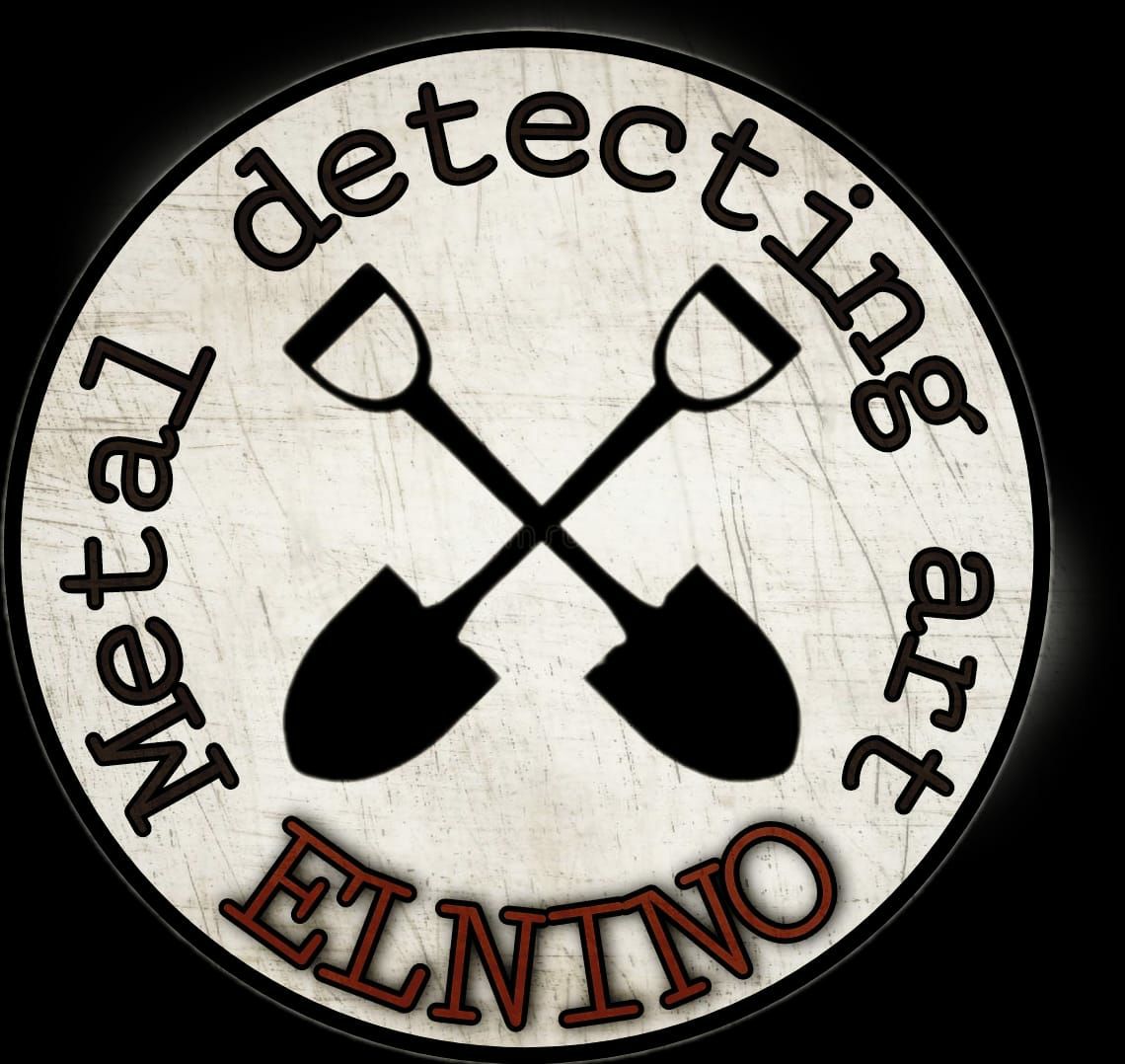
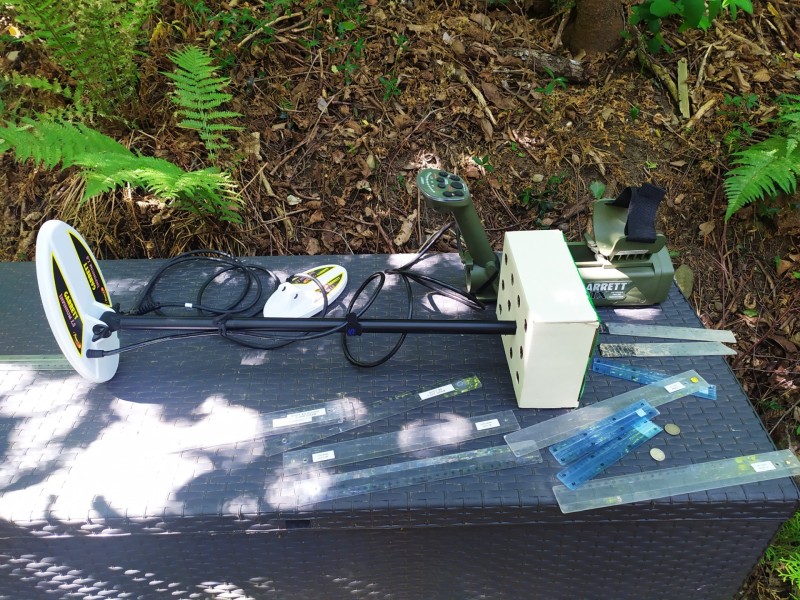
.thumb.jpg.635f646b42edce1cc492ea0135e7f02a.jpg)
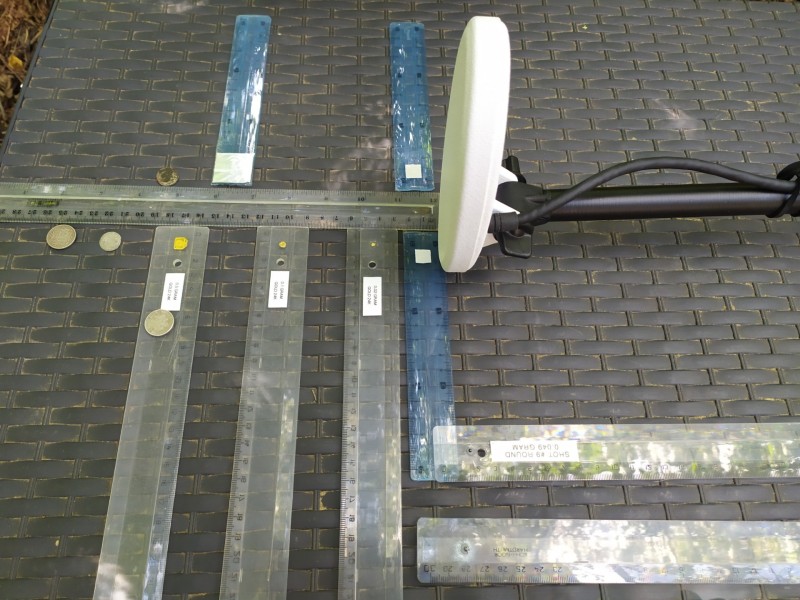
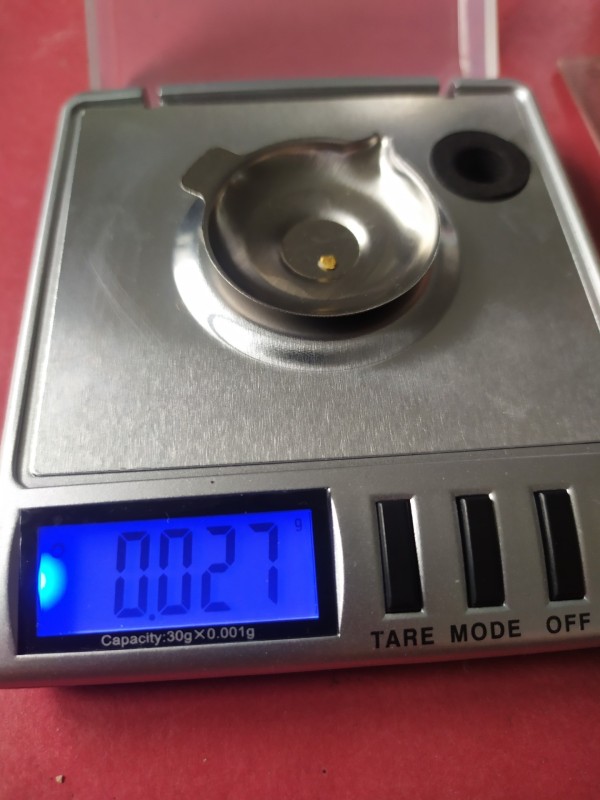
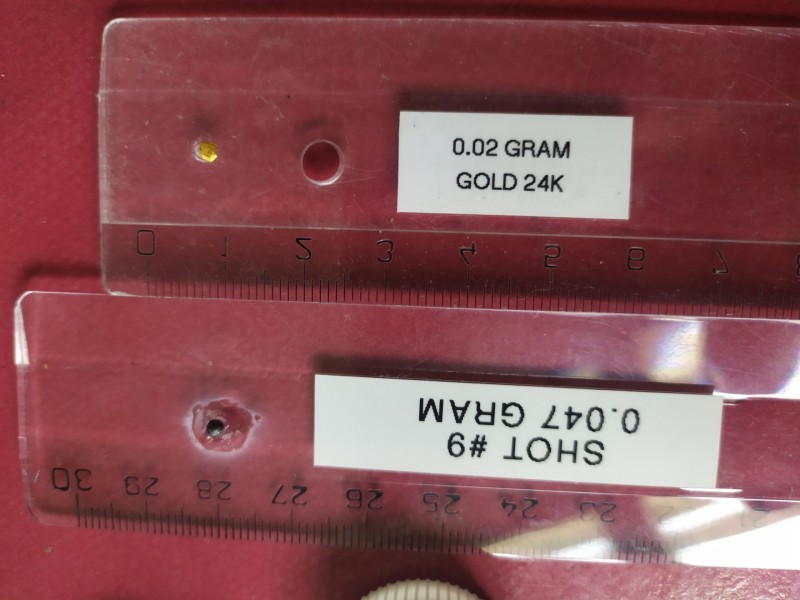
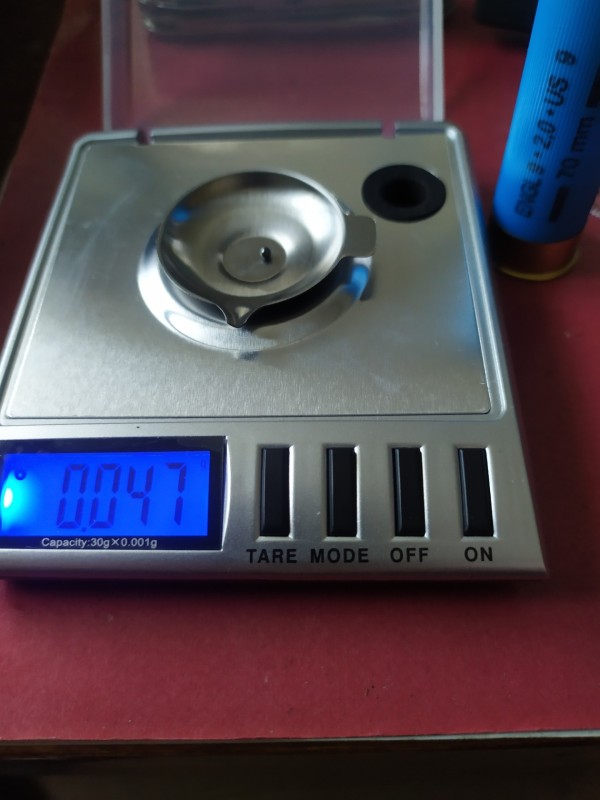
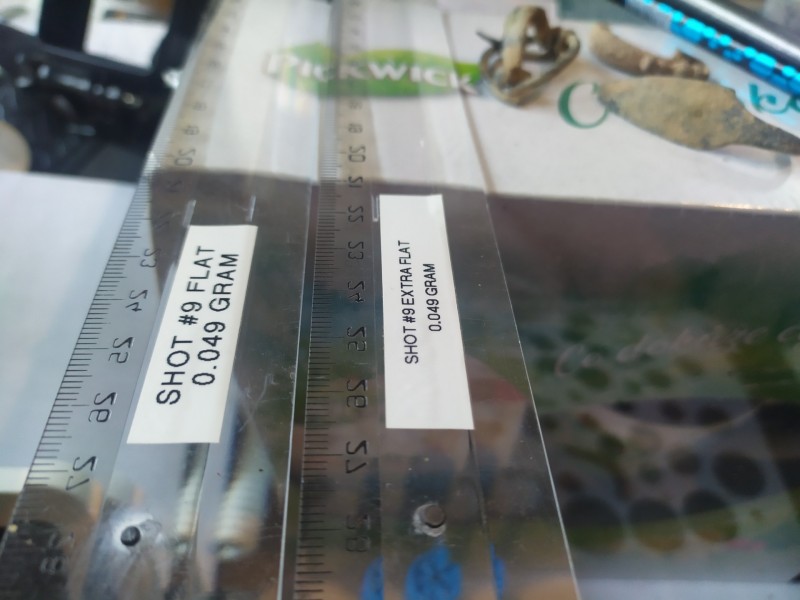
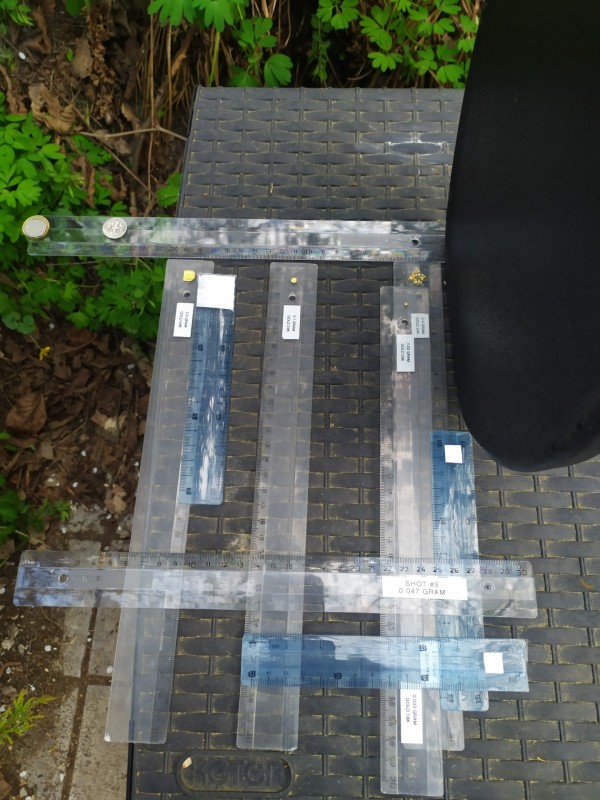
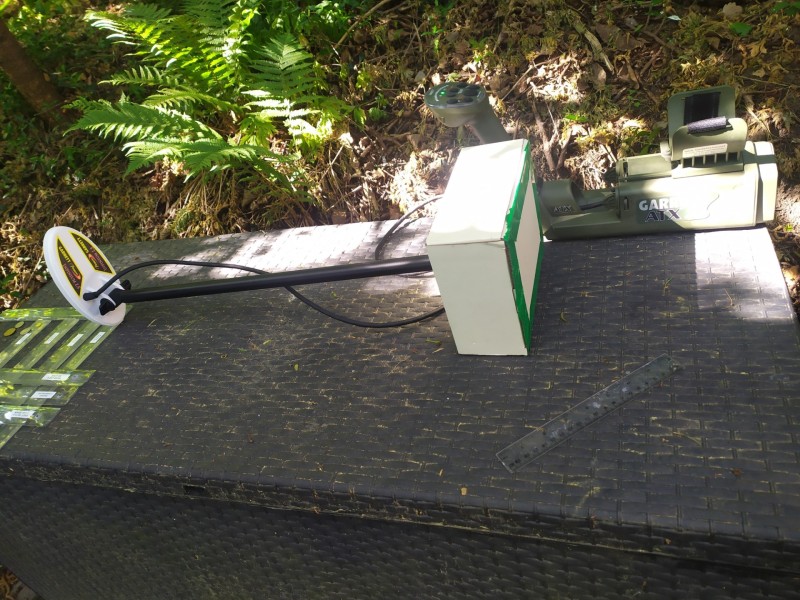
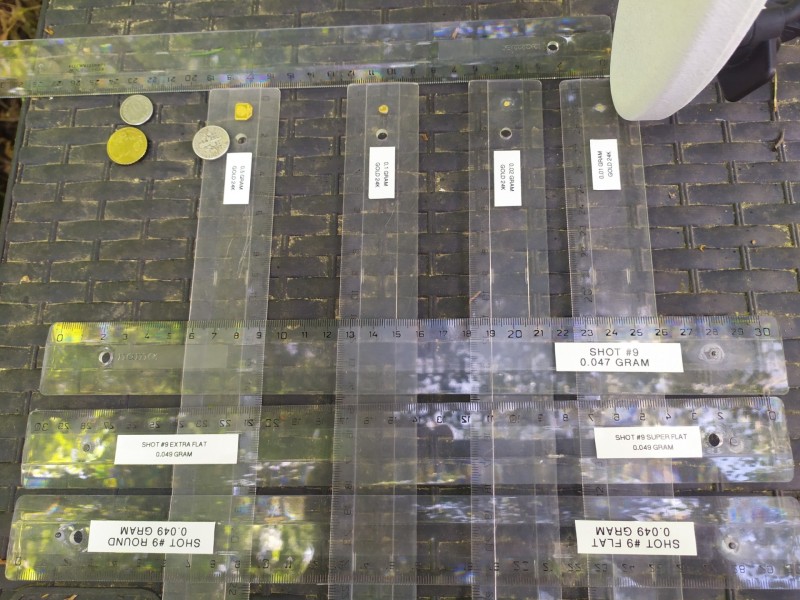
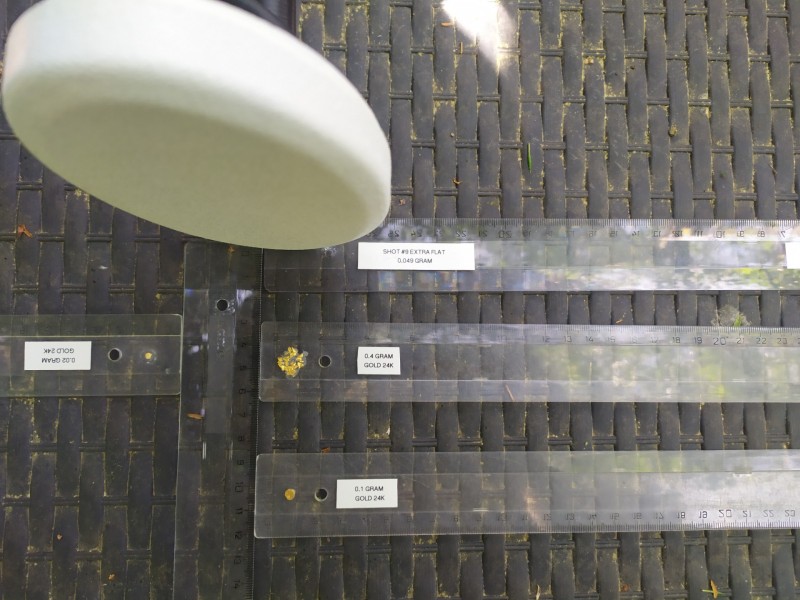
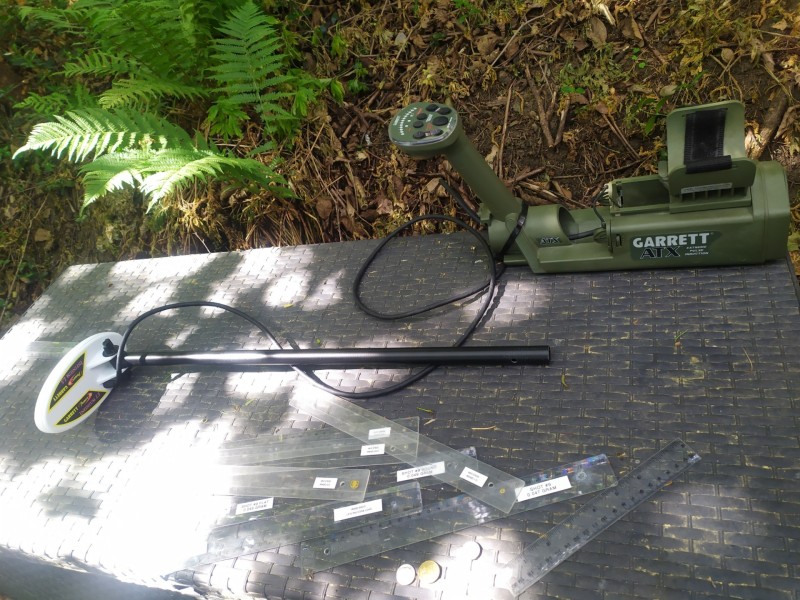
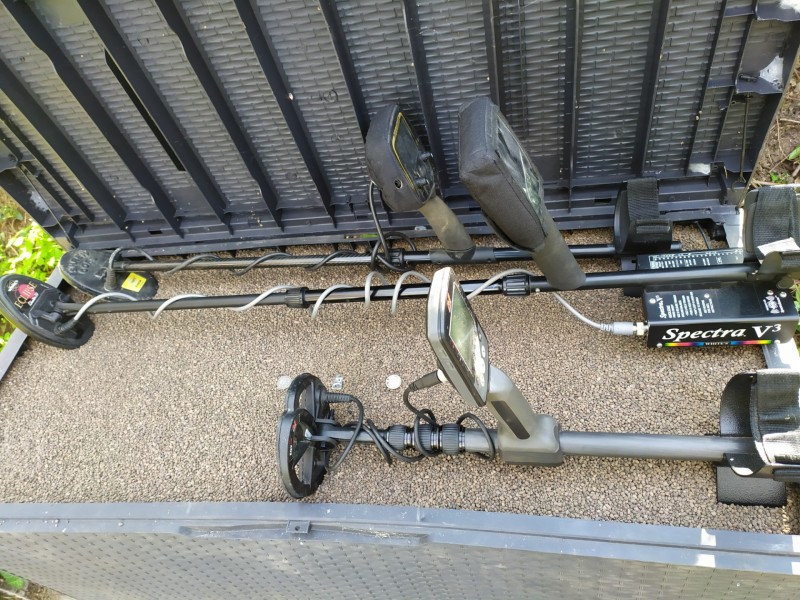
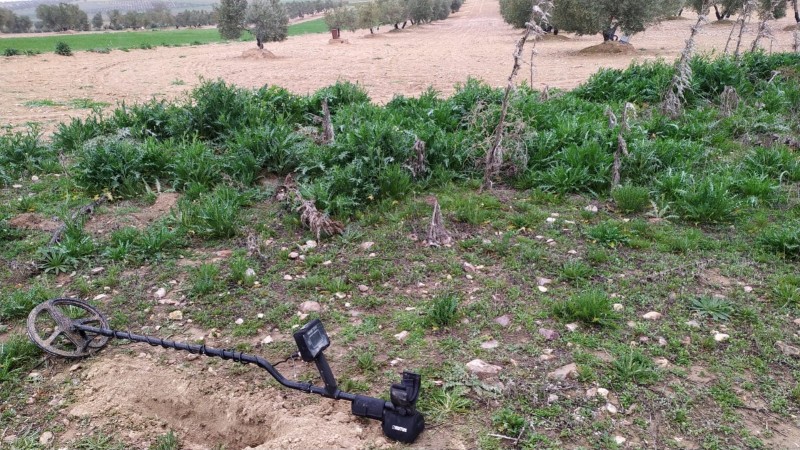
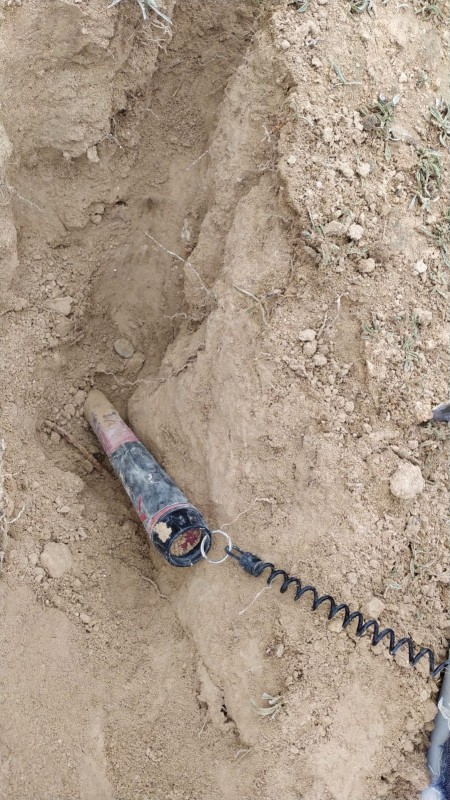
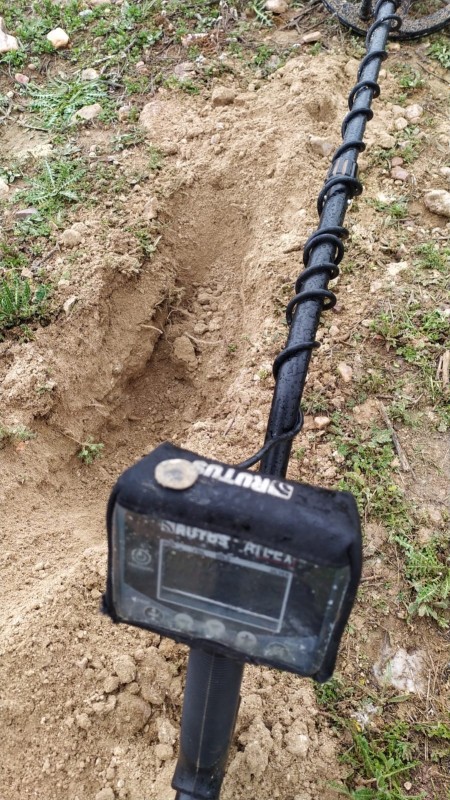
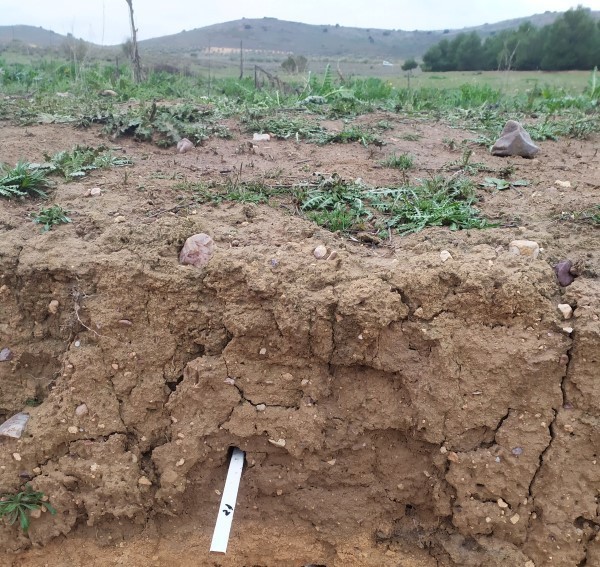
.thumb.jpg.e3fe0e3d8f741d9a8583be7d174d08a3.jpg)
